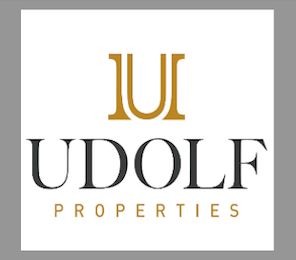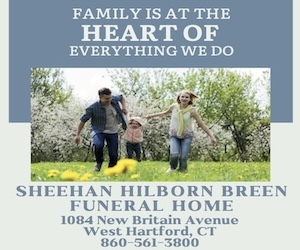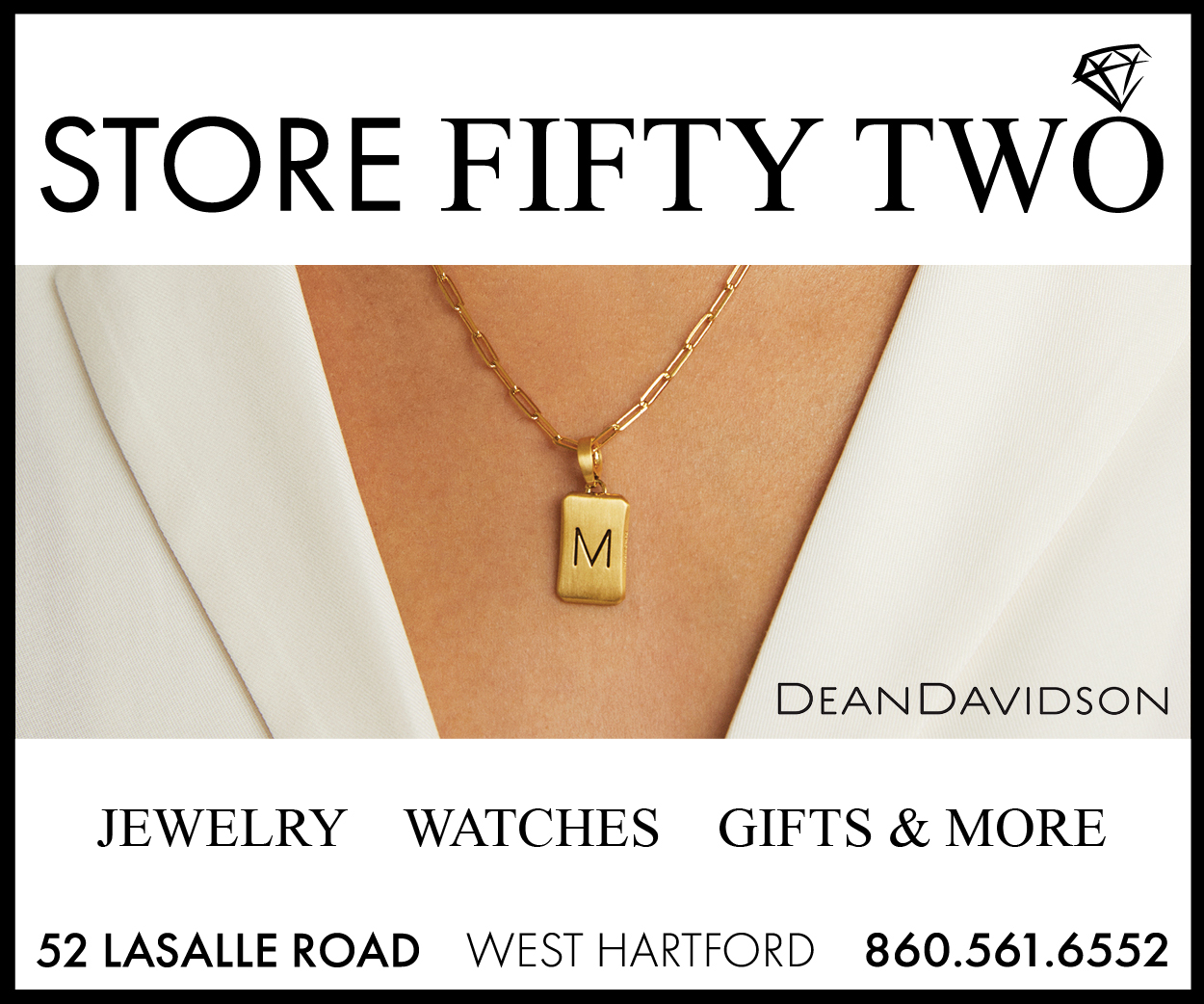SOUTHPORT – Philip Eliasoph is professor of art history at Fairfield University, and curatorial consultant to the world-premiere exhibition, “Robert H. Bizinsky: An American in Paris,” opening Nov. 5 at the Southport Galleries. A VIP reception and preview, hosted by the JCCS of Eastern Fairfield County, will be held on Nov. 2.
An expert in American art, Eliasoph is an art critic and author, and teaches courses on American art, the Italian Renaissance, and European art. As a public-arts advocate, he is founding president of the Fairfield Arts Council and serves as a commissioner for the Connecticut Commission for Culture and Tourism.
Eliasoph spoke with the Ledger about how the once-acclaimed American-Jewish artist Robert Hyman Bizinsky, long forgotten, was brought to the Connecticut gallery.
Q: How did you develop an interest in art history?
A: My grandmother, Paula Eliasoph, was a very prominent and well-known painter in New York City in the ‘20s and ‘30s. She worked very closely with the American Impressionist Childe Hassam, whom she met in 1927, and was his protégée, painting with him in the Hamptons and the Lyme Art Colony. Her studio on West 57th Street was adjacent to his.
In 1933, she wrote “Handbook of Etchings by Childe Hassam, N.A., 1893-1933.” The Metropolitan Museum of Art mounted a major Hassam exhibition in June 2002, the curator wrote of my grandmother in her coffee-table textbook that she is the most authoritative voice in the U.S. on Hassam’s etchings and print-work. Her paintings are in several permanent collections throughout New York.
She later became art director at the Yeshiva of Central Queens, and was always involved in writing about Judaism and spirituality, like a female Martin Buber. She had a very profound effect on me. Of her seven grandchildren, I’m the one who carried the art gene.
I earned my PhD from SUNY at Binghamton in 1979, where I did pioneering research on Paul Cadmus, a classically trained American master and social satirist who lived in New York and died in Weston, Conn. I believed so strongly that Cadmus had been underappreciated.
In the rediscovery of Paul Cadmus, my work was the cornerstone in the revival of realist art and an appreciation of academic realism in the literature of the ‘80s. From there, I helped put together a national retrospective show of Cadmus’s work, which toured all over the U.S., and a documentary film shown on public television. At the time, Cadmus was in his 80s and lived long enough to see his return to relevancy. On the other hand, by the time Bizinsky passed away in 1982, he was really obscured.
Q: How did the Bizinsky show evolve?
A: This exhibition came together in the most unexpected and delightfully surprising way. The opportunity to present the tribute to Bizinsky represents a happy convergence of many parts of my own professional life, as an art historian, art critic, and curator. In retrospect, my life’s work has been dedicated to investigating artists who were once critically prominent and well respected in their day — but alas, have fallen into obscurity. Bizinsky is the fourth major figure I have advocated for. I have written books about American masters Paul Cadmus, Robert Vickrey, and Colleen Browning, who also enjoyed exhibitions that reintroduced the public to their work.
Six years ago, I was invited to serve as a consultant to the annual Pequot Library art show in Southport, and asked to help upgrade the exhibition to national quality. At that time, I met Kelsey Biggers, president of the library association. In 2009, Kelsey and his wife, Sissy Cargill Biggers, purchased the Harris Hardware store in Southport and asked me to help them transform the space into an art gallery. Since then, I have held the position of curatorial consultant to the Southport Galleries.
I have a long professional relationship with Gene Shannon, a nationally renowned expert in American art and founder of Shannon’s Fine Art Auctioneers in Milford. When the Southport Galleries opened, Gene told me about a collection of paintings that he had been holding back for 10 years. Bizinsky died in 1982. In 1989, Gene and his wife Mary Anne learned about the collection and flew out to Los Angeles to meet with Eleanor Anita Guggenheim, Bizinsky’s widow.
The moment Gene saw the paintings, he felt so strongly – he has a very discerning eye – and saw the quality of the paintings. He wrote Eleanor a check for the entire estate and they were shipped to his facility in Milford and exhibited there briefly. When Gene told me that he had this treasure trove that hadn’t been seen in more than 60 years, he understood that this was the kind of project I like to do – to reawaken interest in artists who were big in their day but fell into the shadows. He said, “Let’s do the world premiere in Southport.”
When you have something that shows evidence of universally accepted good art, it will be dormant for a while but will resurface. For me, the Bizinsky project was a very natural continuation of this work.
Q: How does your own Jewish identity play out as a faculty member at a Jesuit university?
A: I’m very proud of my Jewishness. My wife, Yael, comes from an Italian-Israeli family, and I have very deep roots in Israel and the Jewish community. I have always been committed to innovate ways of embracing my Jewish identity in harmony with my college’s pursuit of academic excellence. As the first director of the Walsh Art Gallery at the university’s Regina A. Quick Center for the Arts, I curated a special loan exhibit from the Jewish Museum in New York of Old Master prints depicting images from the Torah. Several years before the creation of the university’s Bennett Center for Judaic Studies, I established a Bennett lecture series with Israeli statesman and ambassador Abba Eban. More recently, I contributed an essay about Jewish artist Norman Gorbaty, “Wrestling with Angels,” for the catalog accompanying his 2011 show at the university.
I teach an undergraduate course, “Jewish Art: From Moses to Modigliani,” which explains millennia of Jewish art to primarily Catholic students eager to understand how the Jewish soul is reflected through the visual arts.
Starting later this month, in collaboration with Rabbi James Prosnit of Congregation B’nai Israel in Bridgeport, I will facilitate a weekly early-morning discussion group at the university, for the community, on Jewish identity through the arts.
Q: How did you develop a scholarly focus on what you describe as “persuasion and iconography in Fascism and Nazism”?
A: My career has focused largely on the role of art and the public’s understanding of art and I like to teach about the uses and abuses of art. Over the past 35 years, legions of Fairfield University students have looked at the magic lantern projecting at the front of my darkened lecture hall. Whether I was teaching the monuments of Egyptian pharaohs, the marble triumphal arches of the Caesars of Rome, or the commissioning of artworks in the Middle Ages and Renaissance for religious purposes by Popes and cardinals and prominent families, the underlying element of the power of art as an instrument of persuasion and propaganda is the inevitable conclusion.
Because my field is 20th-century art, one of my most popular classes is “Art and Propaganda.” I use the monuments of public art in Bolshevik Russia of 1917, Fascist Italy in the ‘20s and ‘30s, and Nazi Germany, analyzing and demonstrating and critiquing for my students how totalitarian regimes have seized upon the control of the visual arts for their nefarious agendas.
At Fairfield, I teach about the art of the Holocaust, the drawings produced in the camps, the art of the Nazi era, the story of the Degenerate Art Exhibit of 1937. I have the students watch 12 films on Jews and Europe and the Holocaust during the semester and keep a journal. Most of the students know about Anne Frank from high school, but they don’t know about World War II. After watching “Schindler’s List,” one student wrote in her journal, “I’ve never seen anything about World War II, so this was a real eye-opener.”
Q: What was Bizinsky’s Jewish background and how did it influence his art and professional life?
A: Bizinsky was born Hyman Robert Bizinsky in 1915 to an Orthodox Jewish family who had immigrated from Russia in 1905 and settled in Atlanta after World War I. He later switched his first and middle names. His father wanted him to become a doctor, but “Biz” was fascinated by Van Gogh and Cézanne, thanks to an aunt who gave him books on the artists.
As a young man, he worked as an in-house artist for The Atlanta Constitution and attended art classes at the High Art Museum school in Atlanta. In 1942, he enlisted as an infantryman in the 1st Armored Division of the Combat Engineers. He was first stationed in Ireland, Scotland, and England, and then went to North Africa as an Army art correspondent, part of Gen. George Patton’s campaign. In February 1943, his unit was thrown into the Battle of the Kasserine Pass in the Tunisian desert.
In a memoir, Biz wrote, “I have been in the presence of death on innumerable occasions…I have felt the hot and cold breath of my buddies as life ebbed out of their gaping wounds. At every brief minute or ‘break’ I devoted my leisure to sketching in pencil, pen, and ink, or in watercolors, my surroundings.”
He created nearly 600 drawings from the campaign, now housed at the National Museum of the United States Army in Washington, D.C.
He was part of the generation of non-conformists, rebels, “beatniks,” and philosopher-kings who emerged from the war. He rejected the professional expectations of his family and instead set out into the world as a rugged individualist. Like Saul Bellow, Bernard Malamud, or Philip Roth, he wrestled with his Jewish identity within the context of a conflicting, existentialist modernity. Certainly as a Jewish G.I., the defeat of pagan Nazism was deeply personal.
After the war, he took advantage of the G.I. Bill to study at the Art Students League in New York. His mentor, Hans Hofmann, considered Biz a star pupil at his Provincetown workshop and in 1946 recommended that he extend his training in Paris. By 1948, he was enrolled at the Académie de la Grande Chaumière, where he was nominated for the Prix de la Critique.
The Aug. 22, 1949 issue of LIFE magazine includes Bizinsky in its feature, “The New Expatriates.” Biz is photographed in a wonderful street scene, entertaining four Parisian street waifs with a freshly painted oil work on his easel. He told the correspondent, “In the States an artist in the family is a disaster…Here we are all trying, and the very atmosphere of the place helps…You get respectful attention in the States only after you are a success – not before, when you need it.”
In 1951, Bizinsky settled in Los Angeles, having received a scholarship from the Huntington Hartford Foundation art colony. He married Eleanor Anita Guggenheim the following year and devoted the remainder of his life to creating and teaching art.
Because of Bizinsky’s Jewish heritage, we are collaborating with Steve Wendell at the JCCS of Eastern Fairfield County for a major celebratory gala reception on Nov. 2, and will donate proceeds from any sales that evening to the JCCS.
What makes this project so special is that everyone involved feels honored to be part of it. Too often, earnest and hard-working artists have been all but forgotten despite a remarkable legacy. I consider this, unquestionably, a significant body of newly discovered paintings.
“Robert H. Bizinsky: An American in Paris” runs from Nov. 5 to Dec.. 31 at the Southport Galleries. For more information: www.southportgalleries.com / (203) 292-6124
For details on the Nov. 2 VIP reception and preview to benefit JCCS of Eastern Fairfield County: (203) 372-6567, ext. 175








 Southern New England Jewish Ledger
Southern New England Jewish Ledger












